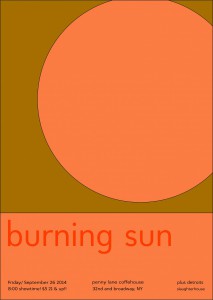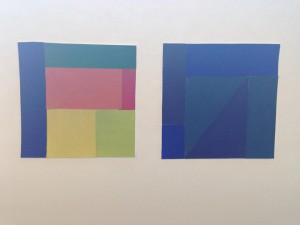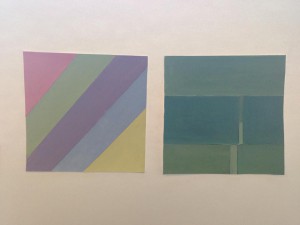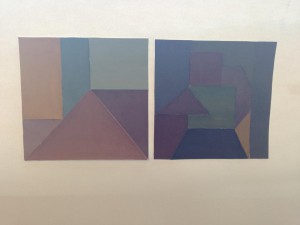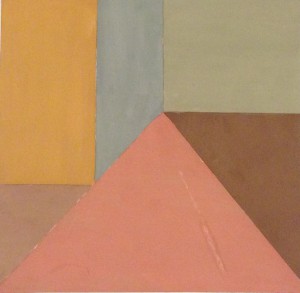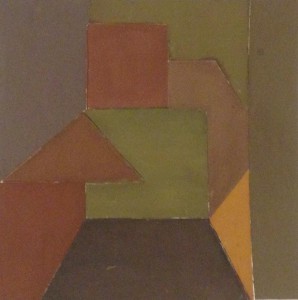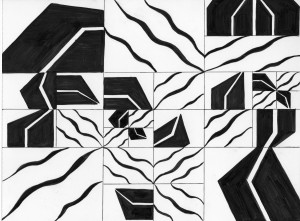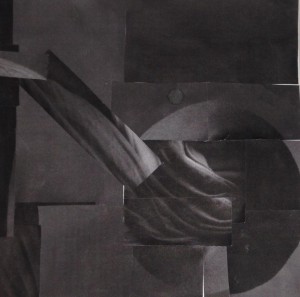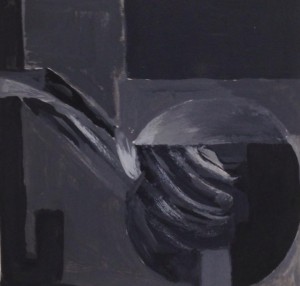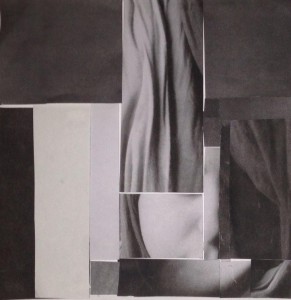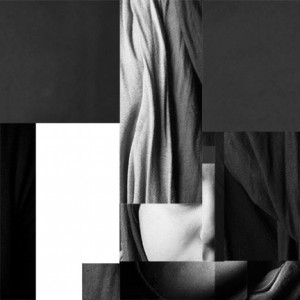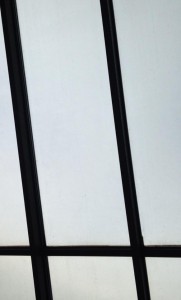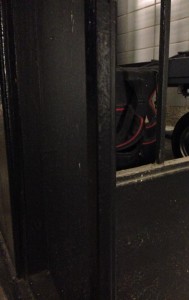Using the color orange, and it’s 3 different levels (chromatic grey, muted and saturated), I created a copy of the swiss chemical people band poster. This was a good exercise that was done on adobe illustrator. I usually like working on the computer rather than on paper, just because I don’t have the skill to draw or design on paper, and I feel that the computer is an easier and faster way to design. I’m familiar with Adobe InDesign and Adobe Photoshop, and this exercise helped me become a little bit more familiar with Adobe Illustrator. I learned how to use guides, and rulers, the way I use them in the other programs. I’m looking forward to designing and creating more often with the computer for the rest of the semester.
